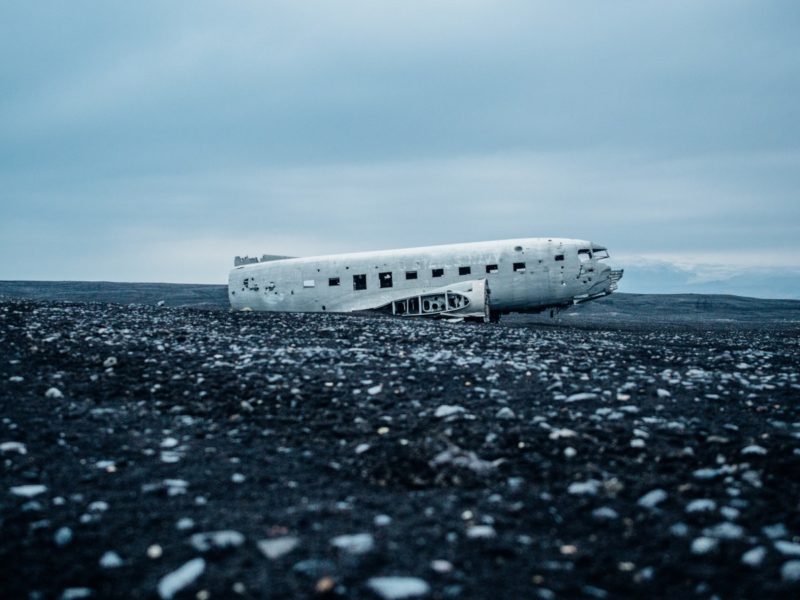Are you somehow a crew in an airplane company and stumbled upon a particular type of insurance and pondered, “What is aviation insurance?” Aviation insurance is commonly known as aircraft insurance, which covers losses arising from any risks related to aviation, such as property damages, cargo losses, and injuries.
It generally offers property and liability coverage for both the aircraft owners and workers. You can also purchase this type of insurance for different types of aircraft, especially those standard, experimental, vintage, and seaplanes aircraft.

You must probably know that aviation deals with flight-related things, as aviation is derived from a Latin word, Avis, meaning “bird.” Typically, people travel to other places through aviation, which includes different types of aircraft.
For instance, it is expensive for a plane to undergo maintenance and repair, and aviation insurance can help cover up the expenses needed. To learn more, read on as we discuss the different types of aviation insurance!
Facts About Aviation Insurance
Aviation insurance is provided for both private and public owners and operators of aircraft. The insurance may vary in terms of coverage because of the policies and inclusions in the insurance policy. With that, here are six types to further understand what is aviation insurance better.
Type #1. Public liability insurance
Public liability insurance, also known as third-party liability, is a type of aviation insurance wherein the coverage includes expenses that emerged from any damages caused by the aircraft. These include third-party properties such as houses, buildings, crop fields, other aircraft, and other kinds of facilities, including the airport.
Additionally, some other countries require aircraft owners and operators to obtain this type of insurance policy. Overall, the client would receive varying premiums, depending on the aircraft type involved in the accident.
Paying for all of the expenses of the injured victims is also included in this type of insurance. For example, aviation insurance coverage may also include the expenses for search and rescue operations, personal injuries sustained by the aircraft operator, and additional costs during emergency landings. However, this kind of insurance does not include coverage for the aircraft and its injured passengers.
Type #2. Passenger liability insurance
Unlike the previous type of aviation insurance, passenger liability insurance provides expenses for the injuries sustained by the passenger while traveling in the aircraft. It also includes coverage for additional costs when the passenger has died while traveling in the aircraft because of unavoidable risks the plane may encounter. Passenger liability insurance is typically required by law, especially for commercial or large aircraft.
Type #3. Combined single limit
Combined single limit or CSL includes a single coverage for both public and passenger liability insurances. Companies merged the terms and conditions for the insurance policyholder, the previously stated types into one. Learn who the policyholder of the insurance usually is. Regardless, the payouts are set limited overall because of the combination of the public and passenger liability insurances.
Moreover, a combined single limit is an insurance policy provision, limiting the coverage for the expenses into a single amount without worrying about several insurance contracts. It also offers flexibility for insurance clients in covering up for the expenses that were liable to them.
Lastly, it has a maximum amount that covers any combination of liabilities that you had because of injuries or damage to property.
Type #4. In-flight insurance
In-flight insurance is another type of aviation insurance where it covers the expenses for damages that an aircraft may obtain while traveling from one place to another. This type of aviation insurance is considered the most expensive because accidents are more likely to happen while traveling.
Furthermore, it is encouraged to get this type of insurance because of the different occurrences that may damage the aircraft while in motion.
Type #5. Ground risk hull insurance in motion
This type of aviation insurance includes coverage for damages that the aircraft may get while in motion.
It is similar to the in-flight insurance mentioned previously. However, the only difference is that ground risk hull insurance in motion excludes coverage for the damages sustained by the aircraft during take-off and landing. Several issues arose regarding this type of aviation insurance in the past, thus making the insurance companies remove the ground risk hull insurance in motion.
Type #6. Ground risk hull insurance not in motion
Opposite with the ground risk hull insurance in motion, this type of aviation insurance covers the aircraft’s damages when it is not traveling or in motion. In other words, ground risk hull insurance not in motion provides coverage for damaged aircraft while on the ground. Aircraft ground damage factors may include animals, fire, flood, storms, and other vehicles or aircraft.
Wrapping Up
And those are the six types that are useful in learning what is aviation insurance. Some of its types are mandatory by the aircraft companies or by the state’s law, so it is necessary that you fully understand what each type covers in your insurance policy. If you enjoyed reading this article, you might also check out which of the following statements is true concerning whole life insurance.
